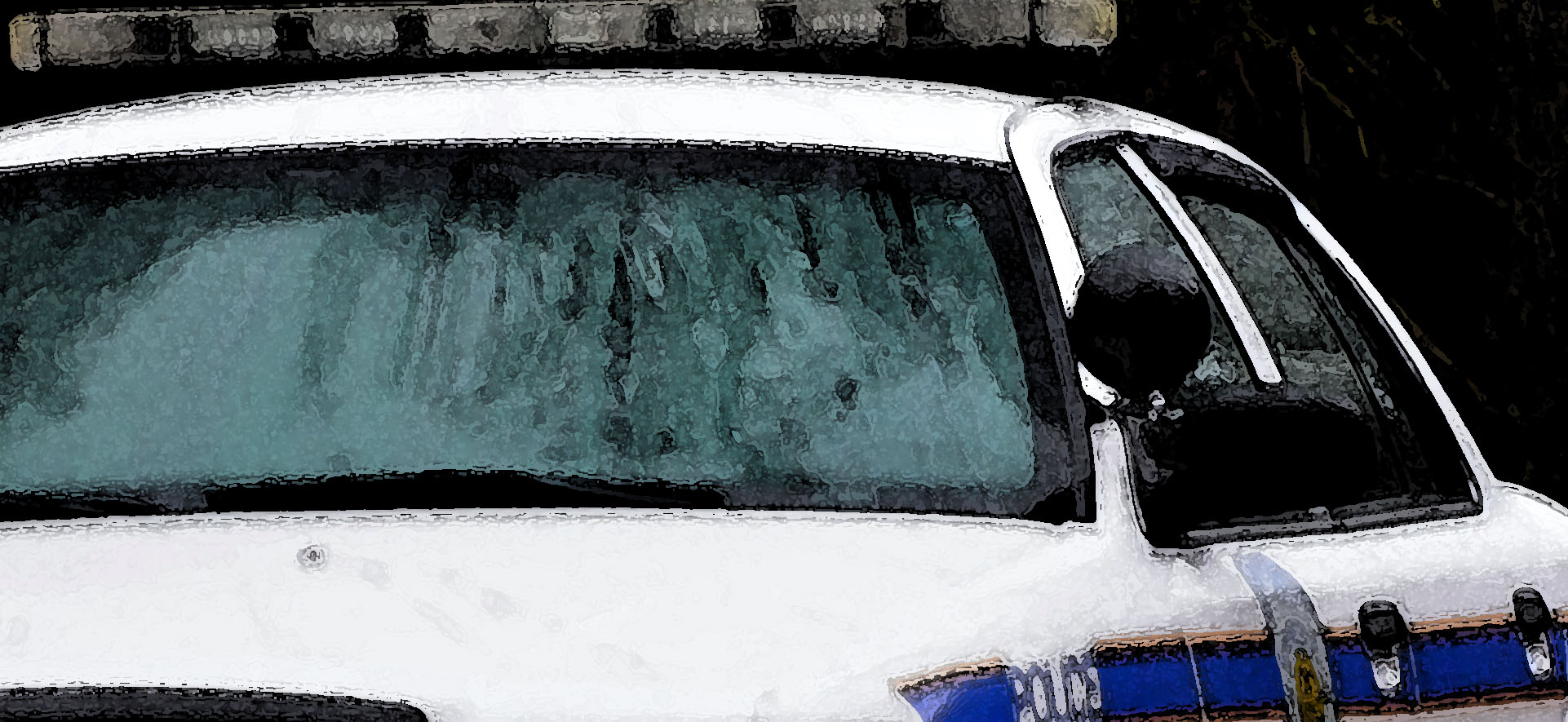 Alcohol and Drug Resources and Interventions for First Responders and Firefighters
Alcohol and Drug Resources and Interventions for First Responders and Firefighters
Part IV: Understanding Alcohol and Drug Treatment: Models, Approaches, and Stages in Alcohol and Drug Abuse and Addiction Treatment.
2121 NW 40th Terr. Suite B, Gainesville, FL 32605 ( 352) 336-2888
Last of 4 parts originally presented to Gainesville Fire and Rescue in a panel discussion on11/20/13. The first part discusses alcohol and prescription drug problems in firefighters and first responders, suicide, and contributors of stress and PTSD. The second part of this series describes indicators and behavioral signs of alcohol or drug intoxication, impairment and after-effects. A list of educational materials, resources, websites, and crisis lines for firefighters, law enforcement officers, and other first responders comprises the third part of this series.
This final part of the series involves a brief presentation of treatment principals and states of treatment readiness and action.
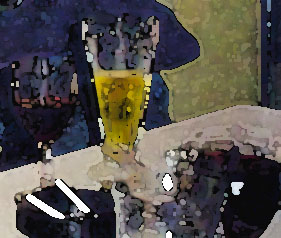 Alcohol and Drug Treatment is the subject of many misconceptions and myths. Some of these misconceptions are created and sustained by the media, and by television “experts” and worse yet, highly dramatized “reality” shows. Research makes for good science but far less dramatic entertainment. It is important to understand that individuals can obtain help for developing alcohol, drug or other problems well before their lives are ruined and well before they have suffered losses or significant health effects. Not everyone seeks assistance without some encouragement, the "push" of legal or medical consequences, or that from a spouse, family or employer. Not everyone requires inpatient treatment or a 12-step program.
Alcohol and Drug Treatment is the subject of many misconceptions and myths. Some of these misconceptions are created and sustained by the media, and by television “experts” and worse yet, highly dramatized “reality” shows. Research makes for good science but far less dramatic entertainment. It is important to understand that individuals can obtain help for developing alcohol, drug or other problems well before their lives are ruined and well before they have suffered losses or significant health effects. Not everyone seeks assistance without some encouragement, the "push" of legal or medical consequences, or that from a spouse, family or employer. Not everyone requires inpatient treatment or a 12-step program.
However, it is also important to note that many lives would be lost if it were not for interventions by employers, the law or family as well as recovery which may start in treatment and be sustained in 12-step programs. In fact, a common myth is that an individual has to want to enter treatment. Actual studies show little difference in treatment outcomes of those encouraged or "coerced" into treatment versus those seeking treatment entirely on their own. Most substance abuse professionals recognize that far from denial being present or absent, people are often in varying stages of readiness for entering treatment or recognizing they may need to take steps to prevent a problem or engage in efforts to bring a problem under control or treatment.
The Motivational Model of Recovery is a widely used conceptual model is that of an individual in different stages in their recognition of their substance abuse or dependency.
The Motivational Model of Recovery
1. the precontemplation phase (get off my back!
2. the contemplation phase (I feel stuck)
3. the planning phase (I will make changes tomorrow)
4. the action phase (here I go!), the maintenance phase (relapse prevention), and termination.
Once there is recognition that action must or should be taken, the next challenge is trying to understand treatment needs and the range of treatment options. Discussions of alcohol or substance abuse treatments must start with basic concepts and definitions of abuse and dependence.
The following is an introduction to the landscape of alcohol and drug treatment interventions:
The terms of addict or alcoholic are often used as generic or lay terms for individuals who suffer alcohol dependency or drug dependency. In fact, DSM-V has done away with this referring to "Use" Disorders in some effort to avoid stigma. Nonetheless, it seems to recognize that traditional definitions may still be used.
Alcohol or drug abuse is used to describe frequent use that leads to interference or problems in work, school, home, health, or interpersonal relationships. It may also include use which leads to legal repercussions. An individual may put themselves in harm’s way, act recklessly without regard for their safety or consequences, or the safety or consequences of others. Harmful use may result in physical or psychological damage.
Those who meet the definition of alcohol or drug dependence meet all of the criteria of abuse, but the will also exhibit some or all of the following: 
• Tolerance – having to drink increasing amounts to achieve the previous desired effect
• Noticeable diminished effect when using the same amount as previously used
• Withdrawal symptoms - physical symptoms after going a short period without drinking
• Using alcohol or drugs to relieve or avoid withdrawal symptoms – such as “hair of the dog” – drinking to cure a hangover
• Previous attempts to cut down or stop with little or no success
• A significant amount of time is spent in trying to obtain the substance, use the substance, or recover form its effects
• “Seeking behavior” - only going to events that will be conducive to drinking or using drugs
• Knowledge of the compulsion to drink or use, with or without admitting it to others
• Relapse - returning to drinking or using after a period of abstinence
Unfortunately, while alcohol and drug abuse and dependence problems are common, only a small percentage of those in need receive formal treatment. According to SAMHSA's National Survey on Drug Use and Health (NSDUH), 23.2 million persons (9.4 percent of the U.S. population) aged 12 or older needed treatment for an illicit drug or alcohol use problem in 2007. Of these individuals, 2.4 million (10.4 percent of those who needed treatment) received treatment at a specialty facility (i.e., hospital, drug or alcohol rehabilitation or mental health center.
Possibly, with the implementation of the Mental Health Parity Act, there will be better coverage and access to care.
Substance abuse treatment refers to a broad range of activities or services, including identification of the problem (and engaging the individual in treatment); brief interventions; assessment of substance abuse and related problems including histories of various types of abuse; diagnosis of the problem(s); and treatment planning, including counseling, medical services, psychiatric services, psychological services, social services and follow-up for persons with alcohol or other drug problems (Institute of Medicine, 1990).
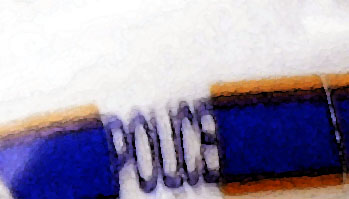 Medication and behavioral therapy, especially when combined, are important elements of an overall therapeutic process that often begins with detoxification (when necessary), followed by treatment and relapse prevention. Easing withdrawal symptoms can be important in the initiation of treatment; preventing relapse is necessary for maintaining its effects. Sometimes, as with other chronic conditions, episodes of relapse may require a return to prior treatment. Individualized treatment plans which address medical and mental health services—and follow–up options (e.g., community – or family-based recovery support systems) are important in treatment planning and success.
Medication and behavioral therapy, especially when combined, are important elements of an overall therapeutic process that often begins with detoxification (when necessary), followed by treatment and relapse prevention. Easing withdrawal symptoms can be important in the initiation of treatment; preventing relapse is necessary for maintaining its effects. Sometimes, as with other chronic conditions, episodes of relapse may require a return to prior treatment. Individualized treatment plans which address medical and mental health services—and follow–up options (e.g., community – or family-based recovery support systems) are important in treatment planning and success.
As highlighted in the introduction to this article, it is important to note not everyone “hits bottom” or reaches the level of addiction and dependency, before realizing a need for treatment. Various interventions are likely more suitable for individuals at different points in their recognition of a problem or their stage of a problem. Different interventions are required for different levels of alcohol or drug problems alone or combined with other stressors, coexisting conditions or other mental health needs.
It is important to note that not all persons in recovery for substance abuse relapse. Remarkably approximately one-third of individuals achieve permanent abstinence from their initial attempt at treatment. Unfortunately, most require additional rounds of treatment following relapses. An additional one-third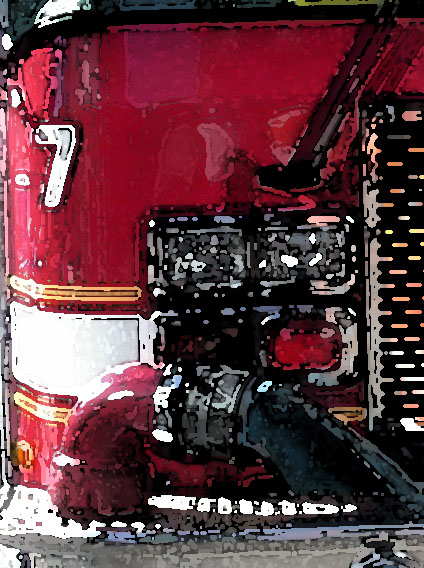 continues to have brief periods of substance use but eventually achieve long-term abstinence.
continues to have brief periods of substance use but eventually achieve long-term abstinence.
One in three individuals with abuse and addiction or dependency problems have chronic relapses that ultimately result in early deaths from alcohol, drugs and their related consequences such as accidents, suicide, and health failures. These statistics are consistent with the life-long recovery rates of any chronic lifestyle-related illness (HHS/SAMHSA, 1996a).
For More Drug Facts on Treatment Approaches to Drug Addiction:
http://www.drugabuse.gov/publications/drugfacts/treatment-approaches-drug-addiction
Drug Facts: Treatment Approaches for Drug Addiction
Principles of Effective Treatment - National Institute of Health (NIH) Revised September 2009
 Scientific research since the mid–1970s shows that treatment can help individuals stop using, avoid relapse, and successfully recover their lives. Key principles have emerged:
Scientific research since the mid–1970s shows that treatment can help individuals stop using, avoid relapse, and successfully recover their lives. Key principles have emerged:
· Addiction is a complex but treatable disease that affects brain function and behavior.
· No single treatment is appropriate for everyone.
· Treatment needs to be readily available.
· Effective treatment attends to multiple needs of the individual, not just his or her drug abuse.
· Remaining in treatment for an adequate period of time is critical.
· Counseling—individual and/or group—and other behavioral therapies are the most commonly used forms of drug abuse treatment.
· Medications are an important element of treatment for many patients, especially when combined with counseling and other behavioral therapies.
· An individual's treatment and services plan must be assessed continually and modified as necessary to ensure that it meets his or her changing needs.
· Many drug–addicted individuals also have other mental disorders.
· Medically assisted detoxification is only the first stage of addiction treatment and by itself does little to change long–term drug abuse.
· Treatment does not need to be voluntary to be effective.
· Drug use during treatment must be monitored continuously, as lapses during treatment do occur.
· Treatment programs should assess patients for the presence of HIV/AIDS, hepatitis B and C, tuberculosis, and other infectious diseases as well as provide targeted risk–reduction counseling to help patients modify or change behaviors that place them at risk of contracting or spreading infectious diseases.
Effective Treatment Approaches
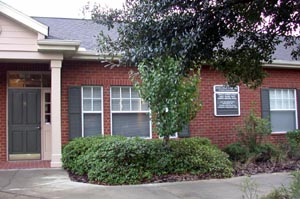 Substance abuse treatment may be based on one of several traditional approaches: the Medical Model which focuses on the recognition of addiction as a bio/psycho/social disease, the need for life-long abstinence, and the use of an ongoing recovery program to maintain abstinence; the Social Model which focuses more on the need for long-term abstinence and the need for self-help recovery groups to maintain sobriety; and the Behavioral Model which focuses more on diagnosis and treatment of other problems or conditions.
Substance abuse treatment may be based on one of several traditional approaches: the Medical Model which focuses on the recognition of addiction as a bio/psycho/social disease, the need for life-long abstinence, and the use of an ongoing recovery program to maintain abstinence; the Social Model which focuses more on the need for long-term abstinence and the need for self-help recovery groups to maintain sobriety; and the Behavioral Model which focuses more on diagnosis and treatment of other problems or conditions.
|
Levels of care
|
|
Criteria
Dimensions
|
Level I
Outpatient treatment
|
Level II
Intensive outpatient
treatment
|
Level III
Medically monitored
intensive inpatient treatment
|
Level IV
Medically managed
intensive inpatient treatment
|
|
1 Acute intoxication
and/or withdrawal potential
|
No
withdrawal risk
|
Minimal
withdrawal risk
|
Severe
withdrawal risk but manageable in Level III
|
Severe
withdrawal risk
|
|
2 Biomedical conditions
and complications
|
None or
very stable
|
None or nondistracting
from addiction treatment and manageable in Level II
|
Requires
medical monitoring but not intensive treatment
|
Requires
24-hour medical, nursing care
|
|
3 Emotional and
behavioral conditions and complications
|
None or
very stable
|
Mild
severity with potential to distract from recovery
|
Moderate
severity needing a 24-hour structured setting
|
Severe
problems requiring 24-hour psychiatric care with concomitant addiction
treatment
|
|
4 Treatment acceptance
and resistance
|
Willing to
cooperate but needs motivating and monitoring strategies
|
Resistance
high enough to require structured program, but not so high as to render
outpatient treatment ineffective
|
Resistance
high despite negative consequences and needs intensive motivating strategies
in 24-hour structure
|
Problems in
this dimension do not qualify patient for Level IV treatment
|
|
5
Relapse potential
|
Able to
maintain abstinence and recovery goals with minimal support
|
Intensification
of addiction symptoms and high likelihood of relapse without close monitoring
and support
|
Unable to
control use despite active participation in less intensive care and needs
24-hour structure
|
Problems in
this dimension do not qualify patient for Level IV treatment
|
|
6
Recovery environment
|
Supportive
recovery environment and/or patient has skills to cope
|
Environment
unsupportive but with structure or support, the patient can cope
|
Environment
dangerous for recovery necessitating removal from the environment; logistical
impediments to outpatient treatment
|
Problems in
this dimension do not qualify patient for Level IV treatment
|
|
SOURCE:
Center for Substance Abuse Treatment. Intensive Outpatient Treatment for Alcohol and Other Drug Abuse. Treatment Improvement Protocol (TIP) Series, No. 8. DHHS Pub. No. (SMA) 94-2077. Rockville, MD: Center for Substance Abuse Treatment, 1994b.
|
Ultimately, treatment decisions and guidance are best accomplished through highly professional care through physicians or psychiatrists trained in addiction medicine or clinical psychologists trained in addictions. A broad range of training is essential for assessment and referral for relevant medical concerns and complications, pharmacological approaches, and psychological assessment and testing to understand complicating mood, behavior, and personality contributors. The fact that dual or multiple diagnoses are the rule rather than the exception highlights the need for assessment and treatment professionals to have broad and deep mental health training far beyond alcohol and drug counseling.

